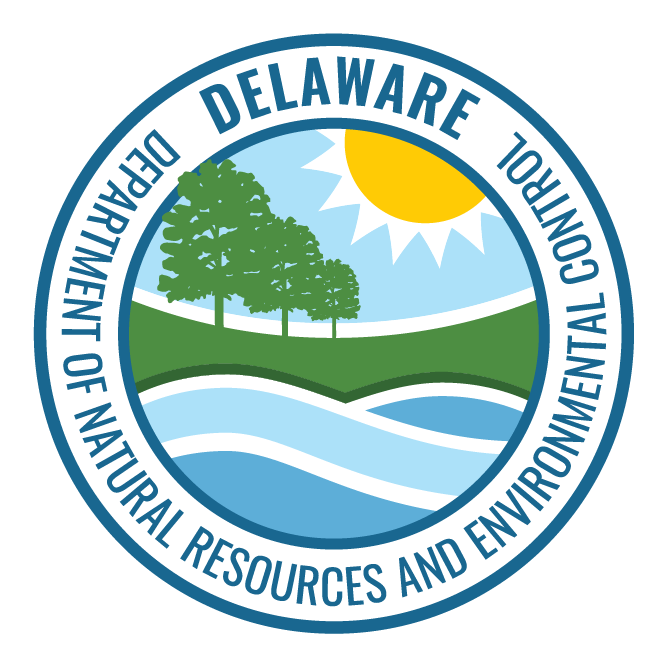Pages Tagged With: "watar"
PFAS and Wastewater
Nationwide studies since the early 2000s indicate that PFAS exist in influent, effluent and residuals (biosolids) of wastewater treatment plants (Bogdan, D. 2021). Some of the most frequently detected PFAS compounds are PFAAs (perfluoroalkyl acids). This makes wastewater treatment plants important in managing and mitigating the environmental spread of PFAAs and a key participant in protecting bothPFAS and Surface Water
PFAS and other toxic contaminants can enter surface water through overland flow, such as stormwater runoff, through industrial discharges, through atmospheric deposition and through discharge of contaminated groundwater. PFAS MenuPFAS and Drinking Water
The federal Safe Drinking Water Act governs the quality and testing of all public drinking water supplied by water systems in the United States. The EPA works with states, localities and water suppliers to implement drinking water regulations. PFAS MenuAdvance Restoration Plan for the C&D Canal Watershed
DNREC has developed a comprehensive plan to address toxic contaminant impairments in the C&D Canal watershed.Plan de Restauración Avanzado para la Cuenca del Canal C&D
DNREC ha desarrollado un plan integral para abordar los contaminantes tóxicos en la cuenca del canal C&D.Restoring Wilmington’s Rivers Conference
On Jan. 26, 2023, local, state, federal and private sector partners gathered for a Restoring Wilmington’s Rivers Conference at the Chase Center at the Riverfront, in Wilmington. The conference was part of the Christina-Brandywine River Remediation Restoration Resilience (CBR4) project. Subtitled “A Plan for Remediation, Restoration, and Resilience of the Christina andThe History of the Rivers
The Christina and Brandywine rivers have played a pivotal role in the region’s economy and character since before the Swedes first arrived on the original Kalmar Nyckel in 1638. CBR4 Project MenuPrevious Planning and Research
The Christina-Brandywine River Remediation Restoration Resilience (CBR4) project area has seen more than two decades of planning work, to understand the needs of the community, and scientific research, to understand contamination sources. CBR4 Project MenuSuccess Stories
More than two decades of work on project implementation to renew and revitalize the communities and the environment have taken place in the Christina-Brandywine River Remediation Restoration Resilience (CBR4) project area. CBR4 Project MenuGet Involved
The success of the Christina-Brandywine River Remediation Restoration Resilience (CBR4) project depends on support and input from many different people and organizations, including residents of and visitors to the Riverfront, Wilmington, and New Castle County. CBR4 Project Menu [dropdown-itemChristina-Brandywine River Remediation Restoration Resilience
The Christina-Brandywine River Remediation Restoration Resilience (CBR4) project is an initiative to address legacy toxic contamination, restore the native ecology and prepare for the changing climate as well as other threats to river health in the lower Christina River and tidal Brandywine River. On Jan. 26, 2023, local, state,More Than a Drink of WATAR
Safer water for us, less flooding and shad returning to their spawning grounds in the Brandywine River. Our WATAR team is making it happen.PCB Mass Loading Studies
The DNREC Division of Waste and Hazardous Substances and Division of Watershed Stewardship are working together to study polychlorinated biphenyls (PCBs) and how they enter surface waters from hazardous substance release sites around the state. Phase I Summary [button type=”primary”A Watershed Approach
The Watershed Approach to Toxics Assessment and Restoration (WATAR) is a watershed-scale approach to evaluating where contamination comes from, how it gets into Delaware’s waterways and water bodies, and what effects it has on watershed health. https://youtu.be/CqFQInRpVYY
[panel type=”success” heading=”Contact 



